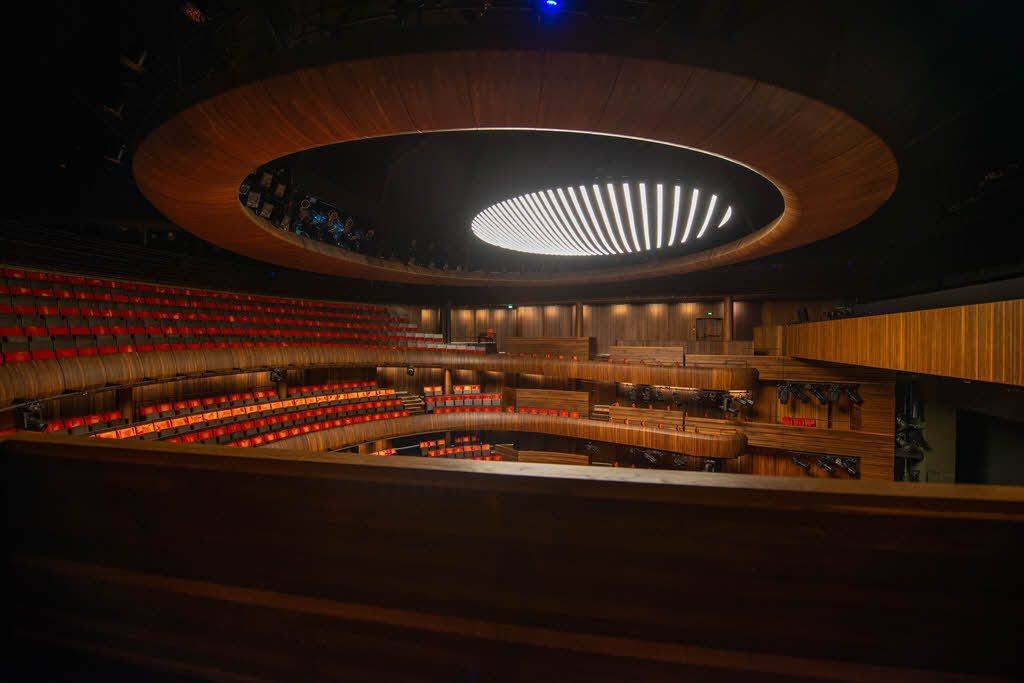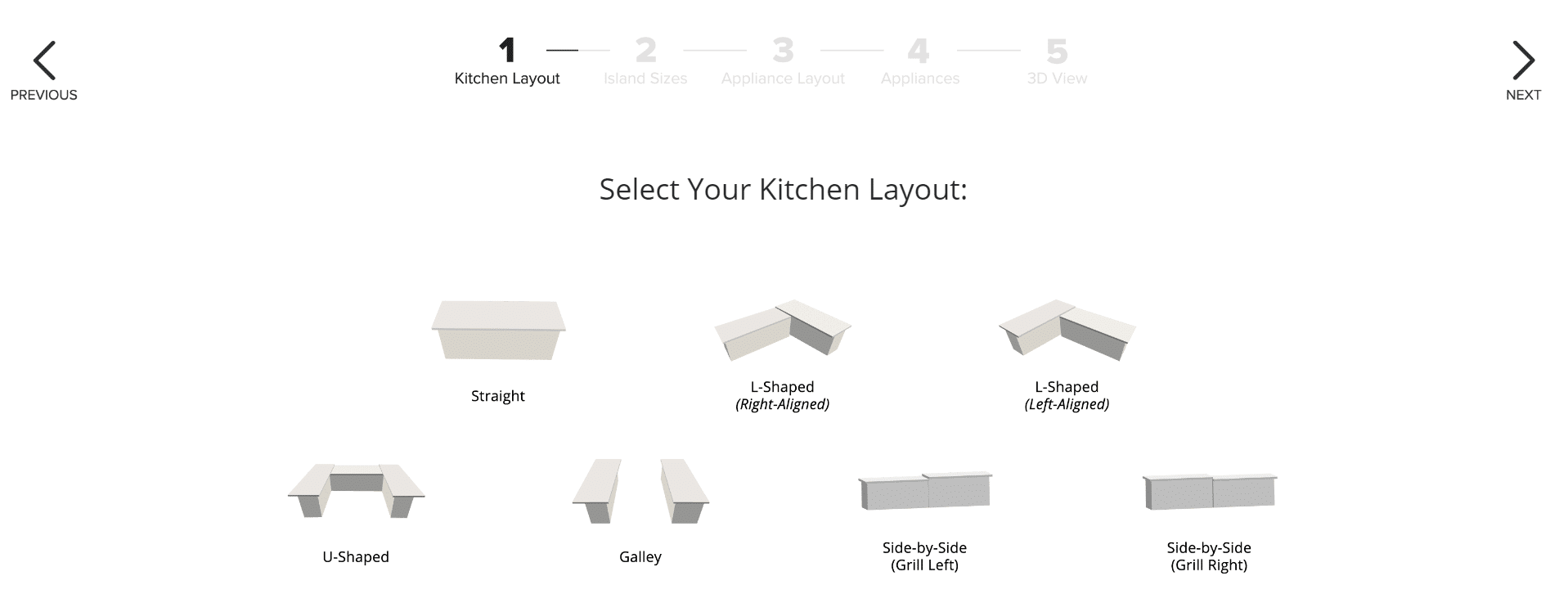Table Of Content
They also present innovative and more avant-garde concerts and dance performances. Other art installations of the Opera House interior and exterior include film and video work by artists Bodil Furu and Trine Lise Nedreaas and many other rotating installations. The resulting 3-dimensional effect created by the 1,100-pound, 74-foot wide, 36-foot tall curtain is stunning and adds a new level of artistry to the main auditorium. The Parliament of Norway awarded Snøhetta the contract to design a new opera house to kick-off the regeneration of the run-down Bjørvika area of the city.

Norwegian National Opera and Ballet
Right on the waterside, situated next to the popular Munch Museum, this Norway opera house can be easily reached from the center of Oslo by taking a leisurely stroll to the harbor. You’ll also be able to spot the signatures of famous Norwegian artists, Kristian Blystad, Kalle Grude and Jorunn Sannes, on the surface of the roof. No, the cloakroom is unstaffed and all items are left here at your own risk. However, a curtain is pulled down during the performance, and partially opened during the interval(s).
The design of this beautifully crafted building was inspired by Norwegian glaciers.

Several art projects were commissioned for the interior and exterior of the Opera House. The most notable is She Lies, a sculpture constructed of stainless steel and glass panels by Monica Bonvicini. It is permanently installed on a concrete platform in the fjord adjacent to Opera House and floats on the water moving in response to tides and wind to create an ever-changing face to viewers. The building has been divided into two parts with an interior street that crosses it from north to south. The floor of the west has set a public and monumental, while to the east the manufacturing volume shows the character of the organization of its spaces. It consists of 3-4 floors above ground, a basement beneath the basements and three others in the performance space.
Nordic Council prizes to be awarded in Oslo on 31 October - Nordic cooperation
Nordic Council prizes to be awarded in Oslo on 31 October.
Posted: Mon, 09 Oct 2023 07:00:00 GMT [source]
Images from the entrance and the foyer
Snohetta architecture is narrative, materials with specific gravity, color, and temperature terxtura have been vital to the design of spaces. It is the gathering of materials which articulates the architecture through varied detail and precision. Who wants to take a stroll on the roof of Oslo Opera House for themselves? You can do just that during your Norway vacation, while you soak in the wonderful views and enjoy the stunning architecture of this famous Norwegian cultural venue. At Oslo Opera House, you’ll find a range of ballet, opera and concert performances taking place. With a rich variety of classic musical genres to choose from, you can choose from watching a traditional performance of Swan Lake to rocking out at a rock or folk music concert.
Times Square Putting the “square” back in Times Square
Snøhetta Architects Oslo, Norway Architecture - e-architect
Snøhetta Architects Oslo, Norway Architecture.
Posted: Wed, 10 Apr 2024 07:00:00 GMT [source]
Taking a peek into the main auditorium for one of the Oslo Opera House events is a treat that is not to be missed. The horseshoe-shaped room seats some 1,300 spectators, yet seeing a show there feels remarkably intimate due to the clever layout of the space. Architecture is a subject that often comes up right away when people talk about Scandinavia. Along with Vikings, fjords, the Northern Lights and the winter chill, architectural innovation and design is probably the best-known attribute of Scandinavia for people from outside of the area. If you are attending a performance and want to stay as close as possible to the venue, there are several hotels within a couple minutes’ walk. These include Thon Hotel Opera, Amerikalinjen and the Comfort Hotel Central Station.
Fifteen young and up-and-coming dancers partake in the second company, the Norwegian National Ballet 2. The Norwegian National Ballet 2 includes 13 Norwegian and foreign professional dancers aged 17 to 23. The Oslo Fjord is perhaps the Opera House’s most prominent architectural influence. According to the Opera House’s official website, the waters of the Oslo Fjord are “considered the keystone signature” of the Opera House. The goal was to make the capital city’s Opera House, commissioned in the year 2000, feel like a part of the surrounding nature, and the building’s architect, Snøhetta, drew inspiration from icy glaciers.
roam ranch: baldridge architects designs modern home for rural texas
Larger elements such as bar counters, shop fittings, ticketting desk, and cafè interiors are either integrated in larger building forms or designed as free standing sculptural forms in white corian. The cloakroom and foyer are further furnished using simple seating forms and high tables made of steel plate coated with industrial rubberized black lacquer. Signage is made of the same black steel and white glass surfaces complete a number of the interior elements. The Oslo opera house is one of the many keyless structures Snøhetta has designed – the building’s lobby is public spaces, free and open to the public 24 hours a day, 7 days a week. Galleries that run alongside the main hall open towards both the main hall and the facades allowing for views back to the city and fjords.
All About Oslo Opera House in Norway
The plaza forms a part of a public promenade and cycle lane which continues around the west and south sides of the building, and eventually coming to a planned bridge over the Aker river to the east. As early as the competition entry, Snøhetta proposed that the roofscape should be openly accessible to the general public and that it should be clad with white stone. Today the building's defining feature is the characteristic geometry of the roof as it rises from the fjord and is laid out like a carpet over the public areas. An important move has been to introduce channels along the roof edges with ramps and steps.
Any given day you can see dozens of tourists and locals alike hanging out on the benches or low walls built into the exterior structure of the Opera House, Oslo, taking in the surrounding scenery and enjoying the view. This clever design quirk in the Oslo Opera House architecture allows passersby a glimpse of the behind-the-scenes work that goes into putting up a ballet, opera or other performance. Another great innovation that went into the design is glass fronting one side of a number of spaces dedicated to the backstage work needed to put on the various shows that are performed at the Oslo Opera House. The Oslo Opera House offers extraordinary panorama views from the roof of the building.
This allows the integration of regulation height balustrades with raising the line of the roof itself. Stage 2 can, depending on the chosen seating configuration, house an audience of up to 400. It will be used by both opera and ballet, as well as for banquet functions, rock concerts, experimental performances and children's theatre.
1 hour before the performances on the Main Stage, there is a free introductory lecture in the Communication Centre – but only in Norwegian. It is not permitted to photograph, film or make sound recordings during the performance, because this disturbs both other guests and the performers. Usually the Box Office is open until the last performance has started. Three-dimensional hexagonal openings in the panels are illuminated from the floor and from behind with beams of white and green light.
The sculpted landscape would become not just a theater for opera and ballet, but also a plaza open to the public. This was precisely the intention of the firm of architects behind this iconic design, Snøhetta, which wanted to make the roof a platform accessible to all and in so doing create a new public space in the centre of Oslo. A parallel wish was to create a new landscape that would draw together the natural beauty of Oslo Fjord and the city. Arguably the most recognisable cultural landmark in the entire nation, Oslo Opera House is known just as much for its architecture as what goes on inside. Designed by world-renowned Norwegian architects Snøhetta, the striking building of white marble has a sloping roof that plunges into the fjord.
The large timber ‘wave wall' in the foyer is illuminated and the building takes on a completely different character. It shows how interdependent the interior and exterior of the building are. The building's architectonic ideas and concepts have also been used in the buildings interiors. It has also encompassed design and coordination of the end user equipment and loose furnishings.
The result is that visitors say the Opera House appears to them as if it were a glacier slowly sliding into the sea; others see a ski slope angling sharply down to terminate at the water’s edge. Indeed, at first glance, Opera House Oslo appears to be an organic part of the scenery, all sleek angles rising from the water, counterpoised with jutting blocks above. At any rate, one of the finest examples of Scandinavian architecture, one that demonstrates the clean lines, sleek angles, and breathtaking artistry that it has come to be known for is the Oslo Opera House. King Harald, Queen Margrethe II of Denmark and President Tarja Halonen of Finland were among the guests at the gala opening in April 2008.








